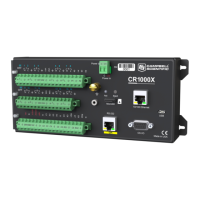Table 4-1: Data types, ranges and resolutions
Data type Description Range Resolution Where used
Float
IEEE four byte
floating point
+/–1.8 *10^–38 to
+/–1.7 *10^38
24 bits
(about 7 digits)
variables
Long
four byte
signed integer
–2,147,483,648 to
+2,147,483,647
1 bit variables, output
Boolean
four byte
signed integer
–1, 0
True (–1) or
False ( 0)
variables,
sample output
String ASCII String
variables,
sample output
IEEE4
IEEE four byte
floating point
+/–1.8 *10^–38 to
+/–1.7 *10^38
24 bits
(about 7 digits)
internal calculations,
output
FP2
Campbell Scientific
two byte floating point
–7999 to +7999
13 bits
(about 4 digits
output
4.4.1 Variables
In CRBasic, the declaration of variables (via the DIM or the PUBLIC statement) allows an
optional type descriptor As that specifies the data type. The data types are Float, Long,
Boolean, and String. The default type is Float.
Example variables declared with optional data types
Public PTemp As Float, Batt_volt
Public Counter As Long
Public SiteName As String * 24
As Float specifies the default data type. If no data type is explicitly specified with the As
statement, then Float is assumed. Measurement variables are stored and calculations are
performed internally in IEEE 4 byte floating point with some operations calculated in double
precision. A good rule of thumb is that resolution will be better than 1 in the seventh digit.
As Long specifies the variable as a 32 bit integer. There are two possible reasons a user would
do this: (1) speed, since the CR1000 Operating System can do math on integers faster than with
Floats, and (2) resolution, since the Long has 31 bits compared to the 24 bits in the Float. A
good application of the As Long declaration is a counter that is expected to get very large.
As Boolean specifies the variable as a 4 byte Boolean. Boolean variables are typically used for
flags and to represent conditions or hardware that have only 2 states (e.g., On/Off, High/Low). A
Boolean variable uses the same 32 bit long integer format as a Long but can set to only one of
two values: True, which is represented as –1, and false, which is represented with 0. When a
4. Data 31

